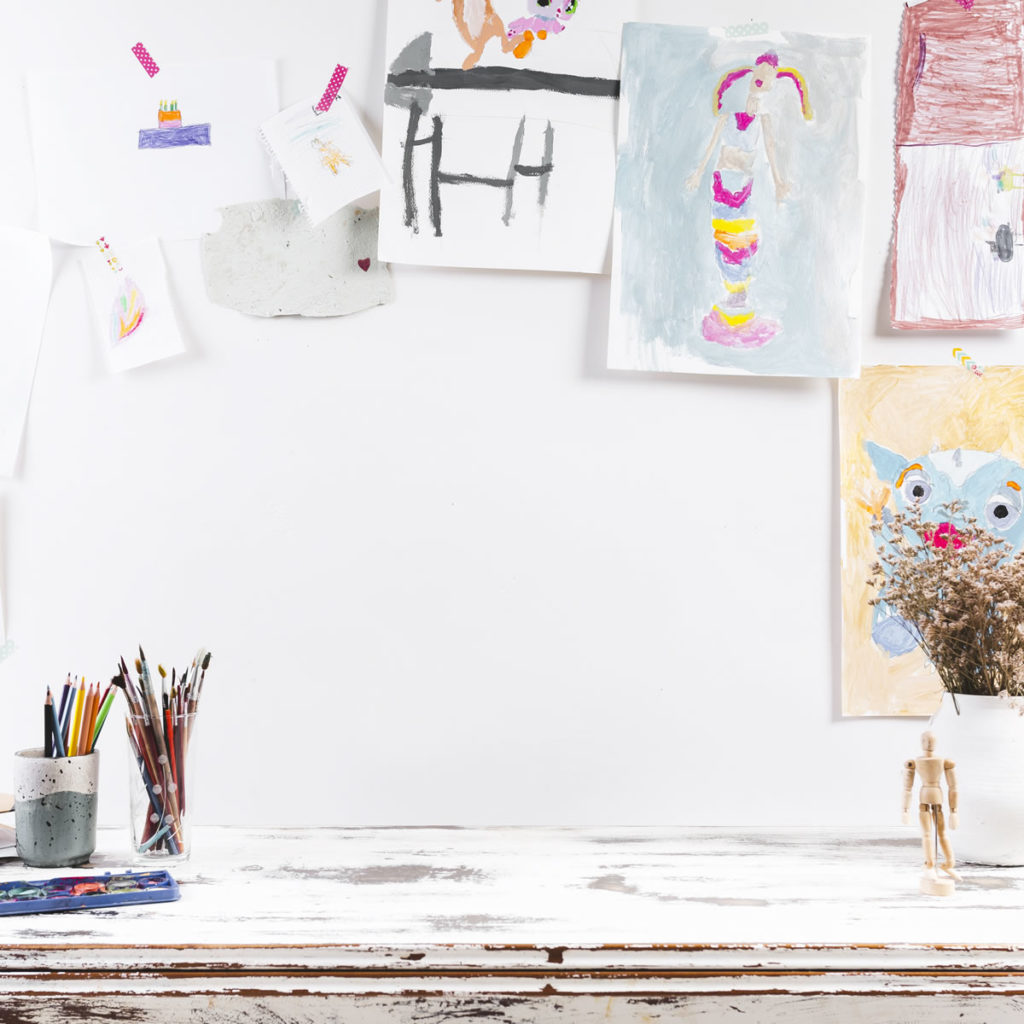Information boards can be divided into four different basic categories, which are:
- Information panels or boards.
- The philosophical panels.
- The curricular panels.
- The display panels.
- Information panels
The so-called information panels or boards are those dedicated to the subject of schedules, procedures and / or class rules and are generally quite simple. Information boards introduce students to the atmosphere of their classroom, which is a good thing a priori. The bad news, however, is that these much-needed tables are sometimes viewed by children as a negative . For this to be understood, we proceed to include some frequent examples:
- DO NOT RUN
- DO NOT PUSH
- DO NOT FIGHT FIGHT
- SIT IN SILENCE
- RAISE YOUR HAND TO SPEAK
This way of representing the rules of the class are usually very restrictive and with a somewhat authoritarian tone, since they speak from the prohibition and without taking into account that children are nothing other than children, and that sometimes they make noise or get up from your seat without malicious intent. Obviously, the rules are necessary , especially so that the little ones are aware of what should or should not be done in certain public environments, however, today there are much more didactic techniques to achieve it, such as (in the case of keeping silent) the activity of the Silent Creatures.
Try to put rules in a positive way, in case you need to put them, betting on the responsibility and understanding of the students in terms of the most appropriate way to behave in class. Some examples can be:
- RESPECT EVERYONE IN THIS ROOM.
- RESPECT EVERYTHING YOU FIND OR NEED.
- RESPECT WORDS, NUMBERS, MUSIC, ART … LIFE.
If the little ones still can’t be clear about it, create debates and talks about the meaning of the word “respect” and represent concrete daily cases that allow them to better identify it in life situations. This can be a way of discussing things that are negative for the classroom environment without having to see it in front of your eyes every morning.

- Philosophical panels
These types of boards usually contain images with phrases designed to make students feel good and keep their spirits and motivation high. Make sure that these images with positive phrases are according to the age of the students, because if the result is too cheesy or childish for older students, for example, they will be of little use.
Posters with special messages are often effective and allow children to generate positive feelings , or feelings of calm, after seeing and reading them.
- Curriculum panels
These types of boards are excellent opportunities to cover material that there is no time to cover in the regular classroom activities curriculum. That is, they usually include different topics of interest or complementary materials that normally do not have time to apply in another way. They are excellent educational tools, therefore, so that students can learn interesting things (such as the rights of the child, for example) just by looking at the classroom wall or with resources that can be shared (as in the case of magazines) or worked in the form of traveling books, a very useful, simple and fun teaching resource .
- Display panels
The exhibition panels are one of the most used in the classroom, especially in Primary, and usually give shape and visibility to the students’ work. Of course, one of the main failures of this is that many times only the works that are considered better by the teacher are published, which does not usually have any positive benefit for the rest of the students. Carrying out a self-esteem check among the whole class can be a good technique to work with this type of boards more effectively, for example:
- Look at the work of several students that you have shown and privately count how many works are at a high level, a medium level and a level below average.
- According to these three categories, where have you placed each job? Have you given some more prominence than others?
- How many jobs are not on the board? Are there students who have more than one?
These types of questions can be used by the teacher to assess whether there is fair treatment among all students when making boards for the classroom. We cannot forget that a child’s self-esteem can be affected by many more things than we think, such as comparisons between students.











































































































